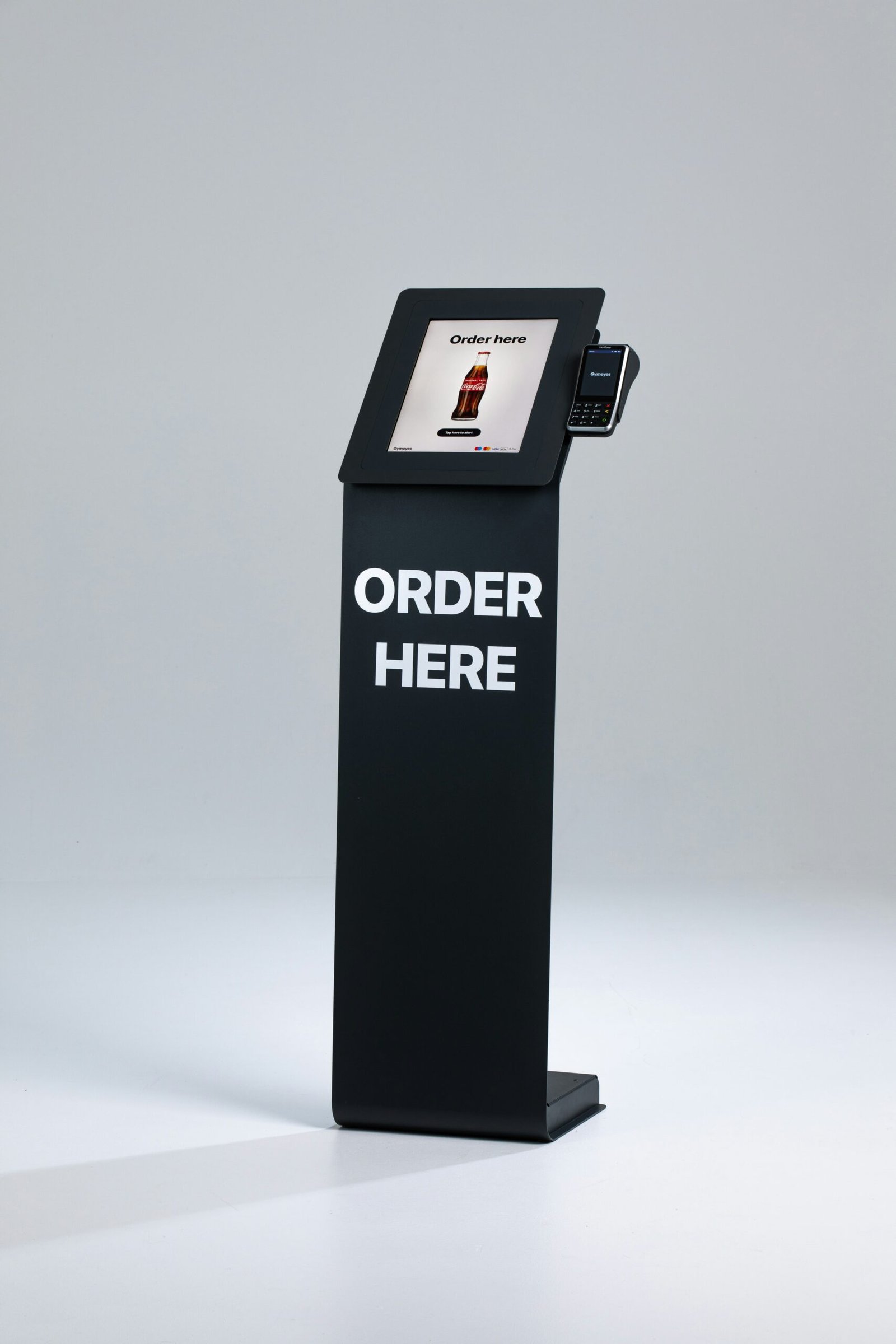When it comes to retail or promotional spaces, small kiosks can be incredibly effective in attracting customers and engaging with them.
A well-designed kiosk can create a memorable experience, generate interest, and increase sales.
In this article, we will explore some key considerations and strategies to design a small kiosk that maximizes customer engagement.
Define Your Goals
Before diving into the design process, it is crucial to define your goals for the kiosk.
What do you want to achieve?
Are you looking to showcase a specific product or service?
Do you want to collect customer information?
Understanding your objectives will help shape the overall design and functionality of the kiosk.
Optimize Space Utilization
With limited space available in a small kiosk, it is essential to optimize every inch.
Start by analyzing the flow of customer traffic and ensure that the kiosk layout allows for easy navigation.
Consider the placement of shelving, displays, and interactive elements to maximize visibility and accessibility.
Utilize vertical space by incorporating wall-mounted displays or hanging signage.
This will help draw attention to your kiosk and make the most of the available area.
Additionally, consider using modular or collapsible fixtures that can be easily adjusted or moved to accommodate different product displays or promotions.
Eye-Catching Design
A visually appealing design is crucial for attracting customers to your kiosk. Use colors, graphics, and branding elements that align with your overall brand identity.
Consider the psychology of colors and choose hues that evoke the desired emotions or associations.
Ensure that your kiosk design is consistent with your brand’s visual language, including font choices and imagery.
Incorporate high-quality images or videos that showcase your products or services effectively.
Remember, a visually engaging kiosk will capture attention and encourage customers to explore further.
Interactive Elements
Integrating interactive elements into your kiosk design can significantly enhance customer engagement.
Touchscreens, tablets, or interactive displays allow customers to explore your offerings in a more hands-on and personalized way.
Consider incorporating features such as product demos, virtual Try-ons, or interactive quizzes to provide an immersive experience.
These interactive elements not only engage customers but also provide valuable insights and data that can inform your marketing strategies.
Clear Messaging and Call-to-Action
When designing a small kiosk, it is essential to communicate your message clearly and concisely.
Use concise and compelling headlines, taglines, and product descriptions to capture attention and convey the value of your offerings.
Include a clear call-to-action that prompts customers to take the desired action, whether it’s making a purchase, signing up for a newsletter, or requesting more information.
Use persuasive language and create a sense of urgency to encourage immediate engagement.
Lighting and Ambiance
Lighting plays a crucial role in creating an inviting atmosphere and highlighting your kiosk’s key features.
Consider using a combination of ambient, accent, and task lighting to create a visually appealing and well-lit space.
Experiment with different lighting techniques to draw attention to specific areas or products.
Use spotlights or backlighting to create focal points and add depth to your displays.
Additionally, ensure that the lighting aligns with your brand’s aesthetic and enhances the overall ambiance of the kiosk.
Incorporate Technology
Embracing technology can elevate the customer experience at your kiosk.
Consider integrating features such as QR codes, NFC technology, or mobile apps to provide additional information, discounts, or loyalty rewards to customers.
Utilize digital signage or screens to display dynamic content, promotions, or customer testimonials.
This not only adds a modern touch to your kiosk but also allows for easy updates and customization of messaging.
Regular Maintenance and Updates
Once your kiosk is up and running, it is essential to prioritize regular maintenance and updates.
Ensure that all interactive elements are functioning properly, and any technical issues are addressed promptly.
Keep the design fresh by regularly updating graphics, product displays, and promotional materials.
This will help maintain customer interest and ensure that your kiosk remains relevant and engaging over time.
Conclusion
Designing a small kiosk for better customer engagement requires careful planning and attention to detail.
By defining your goals, optimizing space utilization, incorporating eye-catching design elements, integrating interactive features, and prioritizing clear messaging, lighting, technology, and regular maintenance, you can create a kiosk that captivates customers and drives meaningful engagement.
Remember, a well-designed kiosk can make a lasting impression and contribute to the overall success of your business.



